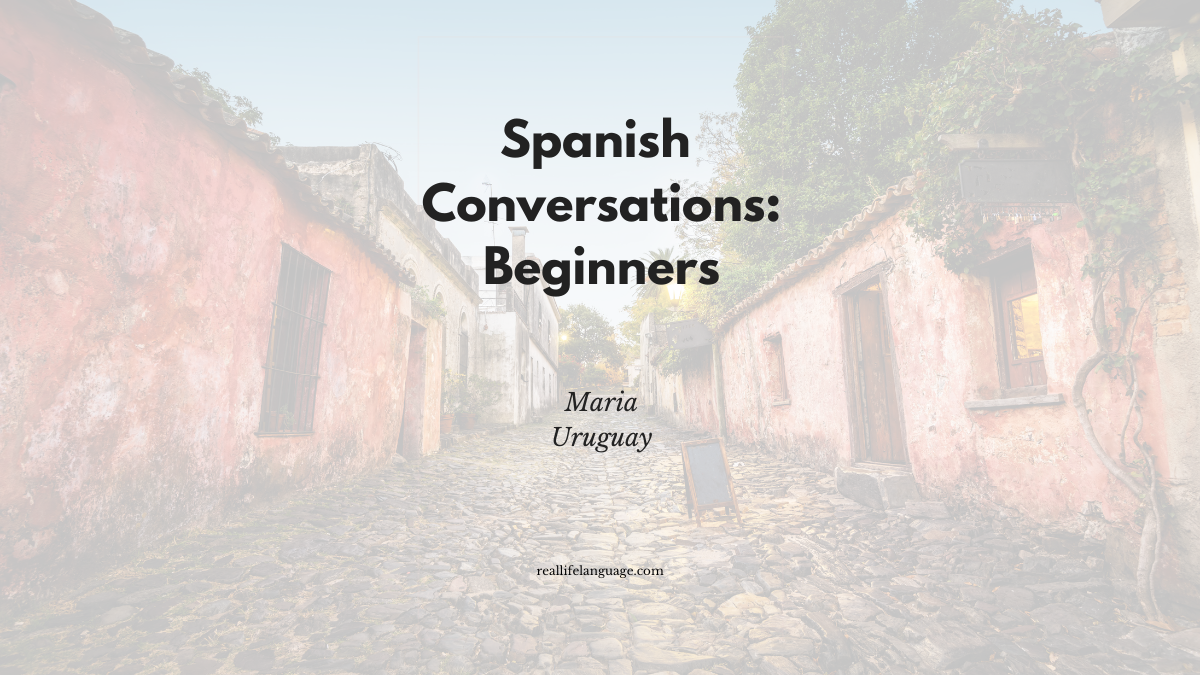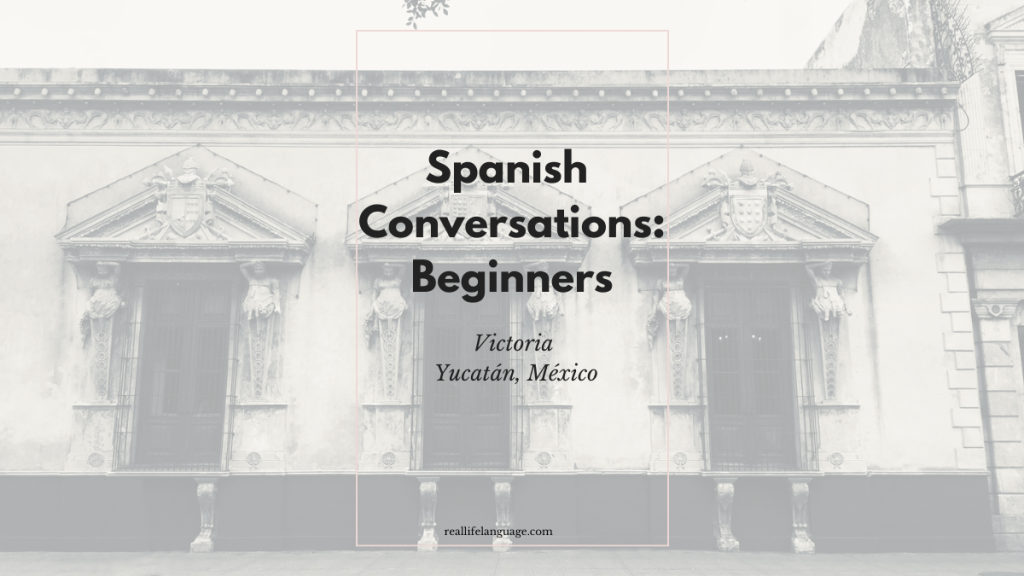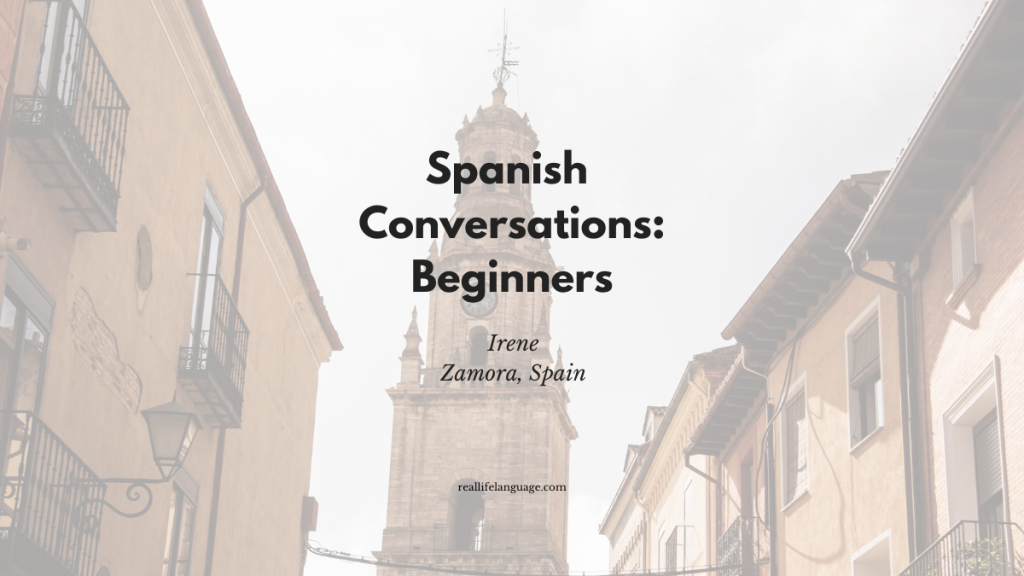
The original video presents a natural conversation with Maria from Uruguay that beginners can use to learn Spanish. This article breaks down the dialogue, highlights useful phrases, and gives practice activities so learners can apply what they hear and learn Spanish more effectively.
Conversation snapshot
The conversation covers common introductory questions and daily-life topics: name, where someone lives and was born, birthday, family, physical appearance, personality, languages spoken, favorite foods and movies, sports, daily routine, hobbies, shopping and city description. These are the exact situations learners encounter when they practice speaking with native speakers.
Key phrases to practice
- ¿Cómo te llamas? — What’s your name?
- ¿Dónde vives? — Where do you live?
- ¿Cuándo es tu cumpleaños? — When is your birthday?
- ¿De dónde eres? — Where are you from?
- Cuéntame sobre tu familia. — Tell me about your family.
- ¿Qué idiomas hablas? — What languages do you speak?
Useful vocabulary and pronunciation tips
Focus on short descriptive words and everyday nouns:
- bajo/a — short (height)
- morocho/a — dark-skinned (used in some regions)
- ojos marrones — brown eyes
- comunicativo/a, expresivo/a, amigable — communicative, expressive, friendly
- asado — a traditional Uruguayan barbecue (typical food)
- paseo — promenade, walk
Pronunciation tip: roll the single r lightly in words like rocha and emphasize open vowels in Spanish (a, e, i, o, u).
Cultural notes and context
Maria describes Montevideo as a calm coastal city with a long promenade and bicycle-friendly streets. Soccer is the most popular sport, followed by basketball. Typical social activities include mate (a local infusion) and spending time outside with friends. Mentioning foods like asado gives conversational anchors for cultural exchange.
Practice activities to help you learn Spanish
- Role-play the full conversation with a partner: one asks questions from the key phrases list, the other answers as Maria does.
- Record yourself answering the questions, then compare to the original transcript to improve rhythm and vocabulary.
- Create flashcards for the vocabulary and practice using each word in a new sentence (e.g., Soy comunicativa y me gusta montar en bicicleta.).
- Write a short paragraph describing your city or town using at least five words from the vocabulary list.
Example mini-dialogue (practice)
- A: ¿Cómo te llamas?
- B: Me llamo María. ¿Y tú?
- A: Soy Ana. ¿Dónde vives?
- B: Vivo en Montevideo, Uruguay. Es una ciudad tranquila junto al mar.
Conclusion
Using short, realistic conversations like this one is a practical way to learn Spanish. Learners should focus on repeating key phrases, expanding vocabulary with cultural words (like asado and mate), and practicing speaking aloud. Regular role-play, recording, and writing exercises will build confidence and fluency over time.
100s of videos to learn Spanish:
https://real-life-language.kit.com/b1531a6404
Learn Spanish with Everyday Conversations: María from Bogotá

